John Muir is often quoted "When we try to pick out anything by itself, we find it hitched to everything else in the Universe”.
For me that statement has always seemed like an abstraction, a ‘truth’ that enlightened folks might understand but one I might not ever fully get. Sure, there are networks and ecosystems where I can see the whole and the interdependence – but does it really apply to everything? Yet after recently watching Manuel Lima’s TED talk “A visual history of human knowledge” I’m beginning to see where Muir was going. I highly recommend taking the 12 minutes to watch his talk.
Shifting from trees to networks
Beyond simply sharing the link to this talk, I wanted to share a couple comments. In the talk itself, Manuel Lima describes how mankind has long had a penchant for categorization and organizing things in some form of hierarchy. Over time, one of the favorite means to categorize things is to hang our ideas on the structure of a tree. The tree is a perfect model for so many systems, be it the evolving lines of species, sciences or genealogy.
It just makes sense and it has become completely ingrained in our language – where we routinely describe the branches of science or other systems. And yet, this perfect model is being outmoded by better ways of looking at systems – those being networks and webs. According to Lima, a model of much more connected and interdependent networks is replacing the metaphorical tree, which has represented many systems for ages.
Learning to see with ‘new eyes’
More than anything, what I took away from his presentation is that it is about how we see the world and being open to alternatives – particularly when the status quo seems good. That this shift from trees to networks is really about a new way of seeing how things are connected, since the shift is occurring across numerous domains; how we understand brains, how we organize knowledge and social structures. The trick is to get out of our old way of seeing and to bring an openness, a freshness to our view, perhaps with more awareness than we might have had before. As Marcel Proust said:
“The true journey does not consist of searching for new landscapes, but in having ‘new eyes’.”
Which brings me to something I’ve been working on lately - being more mindful. In many ways mindfulness is about learning to see the world differently. It is about coming out of autopilot and seeing what’s going really going on. To notice the patterns that keep repeating in our lives, such as “it seems like my wife and I are having the same conversations over and over” or “why is it that the employees just don’t seem to get what the leaders are saying?”
Seeing with new eyes means pausing and noticing the bigger system, and being open to the possibility that even we may be part of the problem; where we are connected to it – as opposed to comfortably sitting outside of it.
My goal is to slow down and try looking at things afresh. Trying on ‘new eyes’ as it were and looking for the connectivity that I didn’t see before – including being open to how I am connected to things. You may want to try this as well. How is what is happening on your team possibly connected to something you are doing? How is what is happening at home possibly connected to how you show up? Perhaps everything really is connected – including us. What a difference it would make to see that.
If you have thoughts on this please share them.
To learn more about me and how I teach people to be more resilient, focused and connected to the people in their lives, please schedule a FREE consultation with me HERE.
